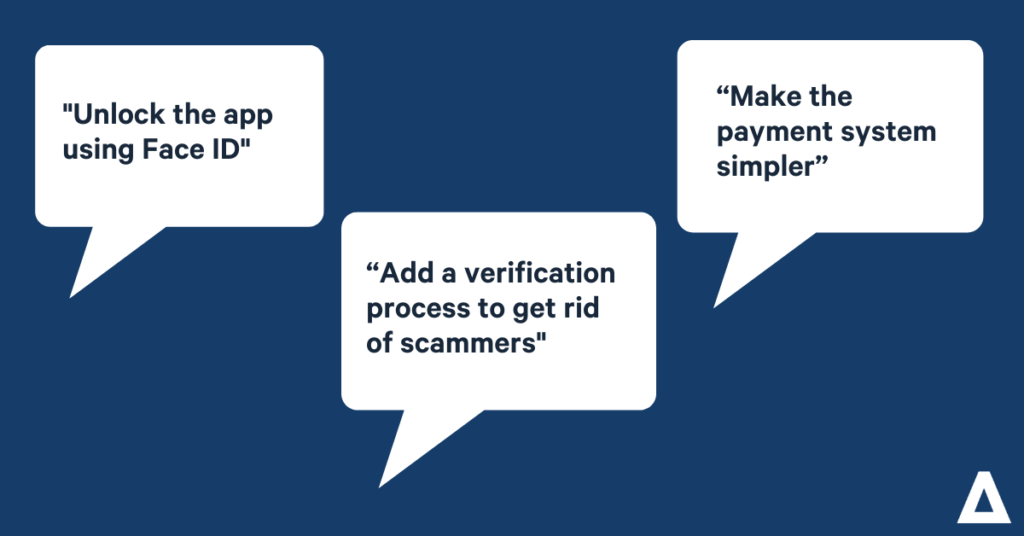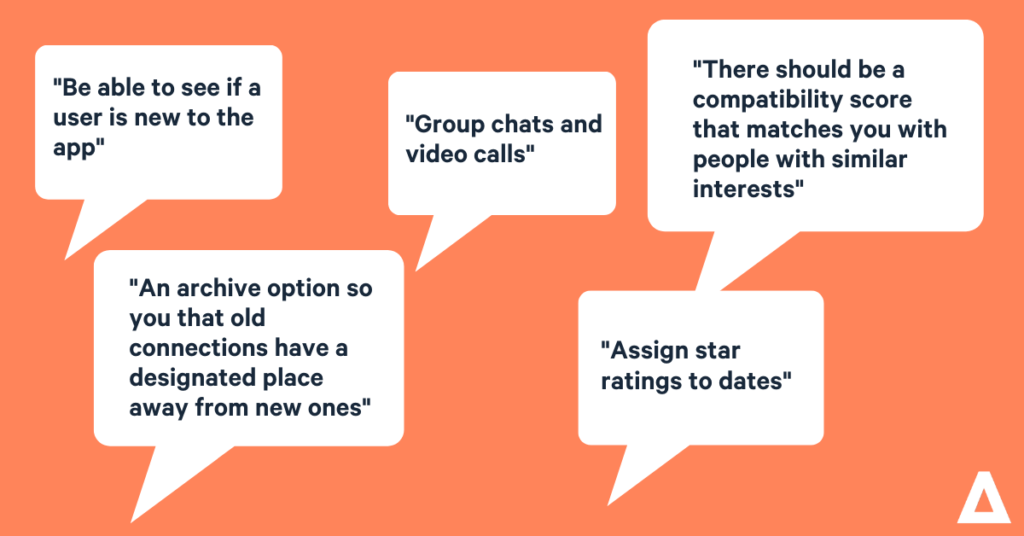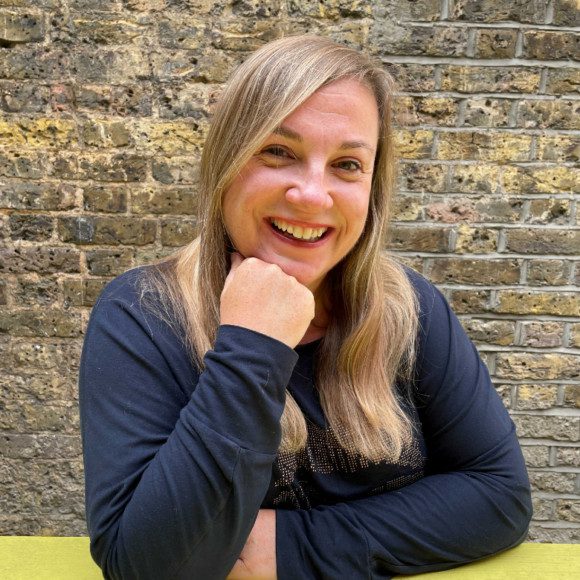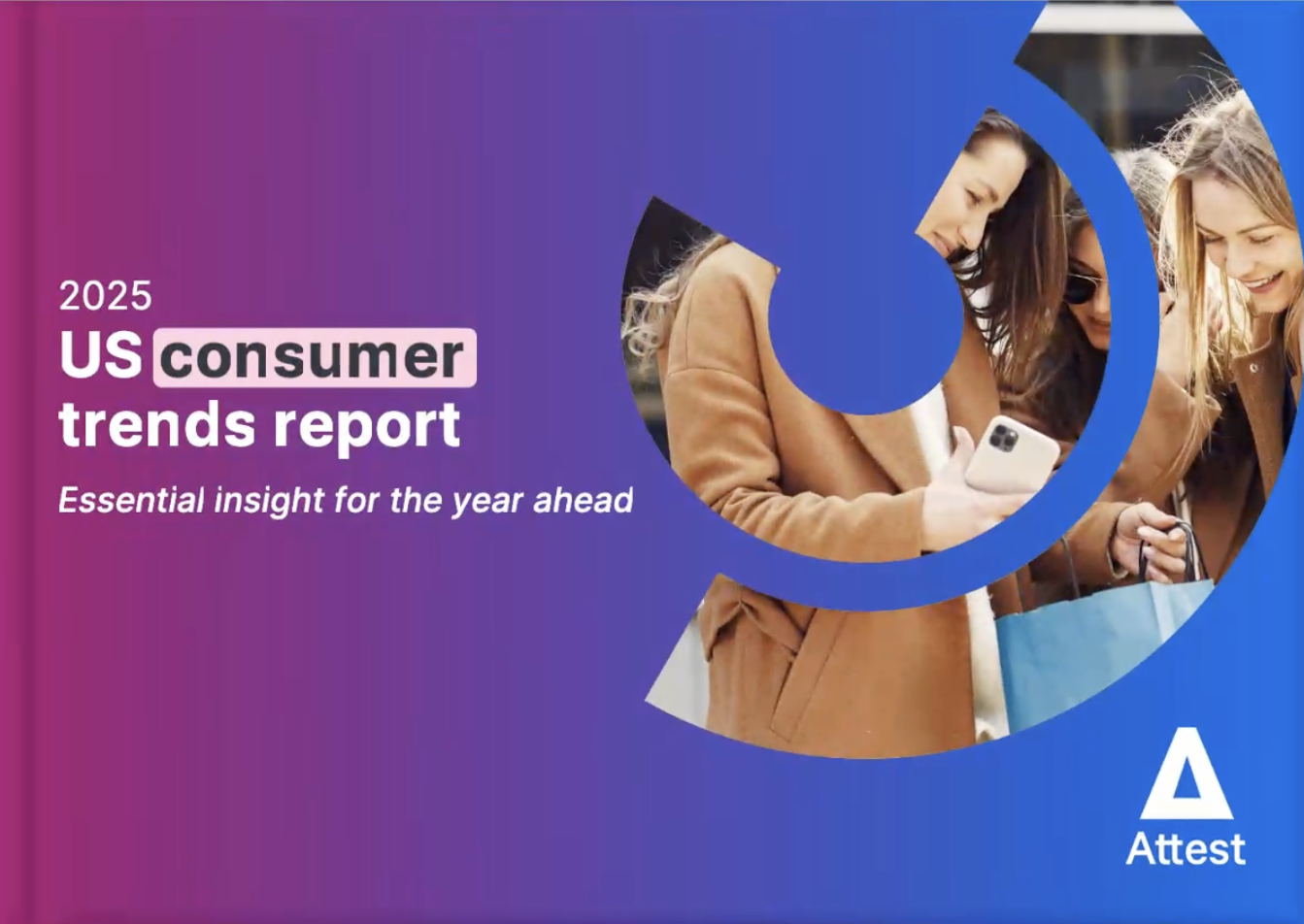What do consumers really think of the Bumble dating app?

We asked 500 Americans what they think of Bumble, and what new features they think the brand should be adding to their wildly successful platform.
Love in the time of coronavirus looks a little different. In 2020, the use of dating apps has seen around an 18.4% increase from 2019 – and that’s just in the US. With social distancing being enforced worldwide, it’s clear that, for the moment, our dating is best done behind a screen.
But virtual dating didn’t just pop into existence in 2020. For years now, consumers have been taking to digital in pursuit of romance – in fact, online dating has been called one of the most established (or difficult to break into) digital fields, with over 90% of online dating startups failing.
One thing is clear – to win in a market this competitive, brands need to innovate. And that’s exactly what Bumble did.
Whitney Wolfe Herd, founder of Bumble, saw a gap in the dating app market that desperately needed filling. That gap was around agency, specifically for women. By focusing on one specific segment, and building features to fit their wants and needs, Bumble saw dramatic growth in a very short span of time – now, the company is valued at over $1 billion, and has over 58 million users in 190 countries. And Bumble was the most downloaded dating app in the UK in 2024.
In 2020, with the surge of new users, smartphone dating app users are forecasted to reach over 26.6 million. That’s a lot of people looking for love. Dating apps like Bumble need to be continuously innovating and consistently building around real users to maintain any sort of lead in this crowded market. But what exactly do real users like about Bumble, and what would they change?
Using the Attest platform, we asked 500 US Bumble users what they thought of the app.
What proportion of people have used Bumble in the last 6 months?
We decided to narrow down our respondents to those who’ve used the Bumble app within the last 6 months and exclude anyone who hasn’t used the app at all, or who has used it, but not in the last half a year.
We found that 55.4% of the people we asked had never used Bumble, and a further 23.3% had used it, but not in the last 6 months. Overall, 19.2% of respondents confirmed they had used the Bumble app in the last 6 months.
What is Bumble’s Net Promoter Score (NPS)?
When asked how likely they would be to recommend the Bumble app to a friend, 23.2% of consumers gave an NPS of 10, the highest possible rating.
Just over a fifth (22.8%) of people gave a score of 0-6 (making them ‘detractors’). 38.4% of people gave either a 7 or an 8 (making them ‘passives’), and a massive 38.8% of people gave a 9 or a 10 (making them ‘promoters’).
Overall, our survey gives Bumble a Net Promoter Score of 16.

How does Bumble compare to other dating apps?
We asked respondents which other dating apps they used, and whether they preferred them to Bumble. Respondents were asked about Tinder, Hinge, Grindr, OkCupid, Badoo, and Match.
The app that the most people said they liked more than Bumble was Tinder – 24.4% of respondents said they preferred Tinder, and 33.4% said they liked it about the same.
For the most part, the people we asked seemed to like most of these other apps less than Bumble – which further corroborates the high NPS they gave it. Most notably, 33.6% of people said they liked Hinge less than Bumble, and 33% said they liked OkCupid less.
Which of Bumble’s modes is most popular?
Though Bumble is primarily a dating app, it offers an interesting feature that most other apps of the same category do not – different modes. ‘Bumble BFF’ is used exclusively for friendship, and ‘Bumble Bizz’ is used for professional networking.
We asked all 500 respondents which of the modes they’ve used before. 42.2% said they’d used the ‘BFF’ mode, and 32.2% said they’d used the ‘Bizz’ mode. 74.6% said they’d used Bumble for dating – we carried these respondents through to the next questions, which were specifically about Bumble’s dating functionality.
What new features do consumers want to see in Bumble?
We asked respondents to tell us a new feature they’d like to see included in the Bumble app.
Lots of suggestions were alterations to existing features, such as:

And lots were more operational in nature, such as:

And there were plenty of suggestions for completely new features, such as:

How do consumers rank Bumble’s current features?
We pulled a list of some of Bumble’s most prevalent features in the dating portion of the app, and then asked respondents to rank them from the best to the worst.
Overall, people had mixed opinions about which features were best, but ‘Women talk first’ came out on top as the best feature Bumble offers.
Other features, such as Bumble’s advanced filters and the 24-hour conversation timer, also scored highly amongst users. Down at the bottom of the rankings was Travel Mode, coming in as the least popular feature that the Bumble app currently offers.
Tell us what you think of this article by leaving a comment on LinkedIn.
Or share it on:

